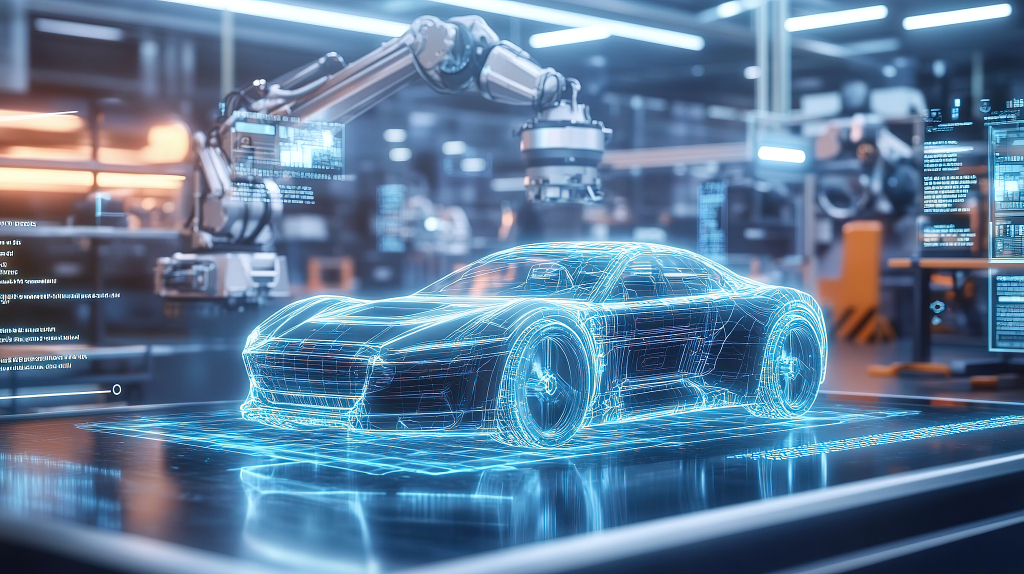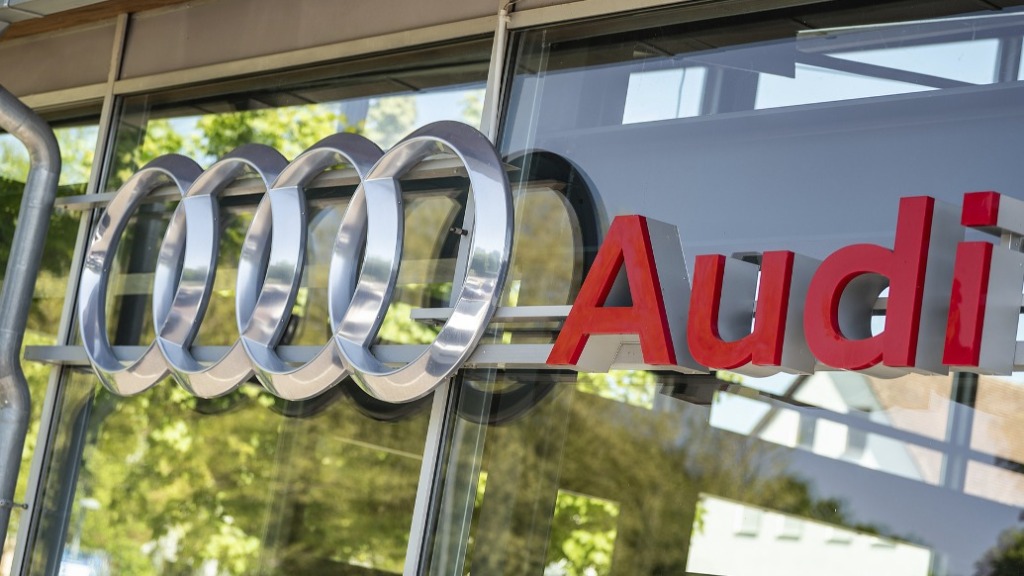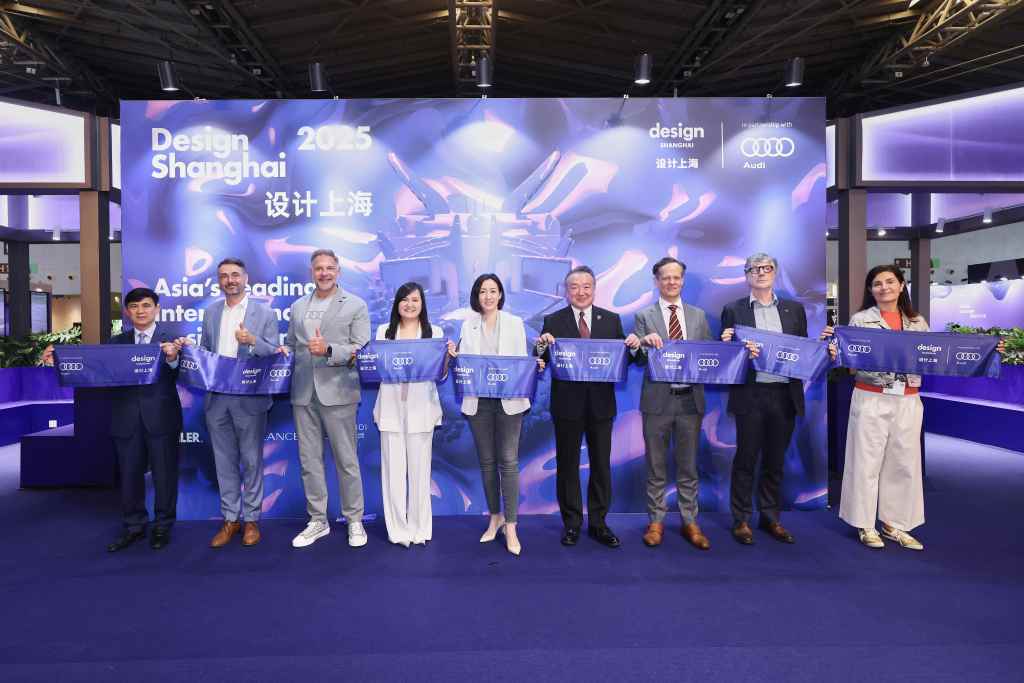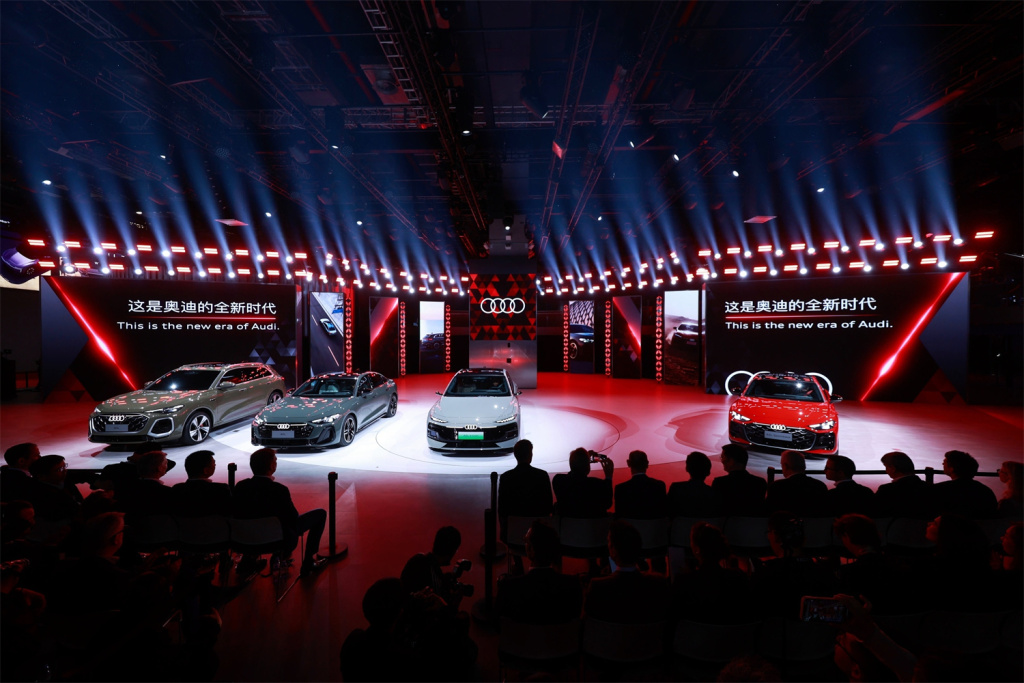
"Hybrid technology is not a transitional technology" is becoming a consensus in the domestic and international automotive industries.
Recently, German luxury car brand Audi officially announced the postponement of the timetable for full electrification, a decision that marks a major strategic shift for traditional car companies on the road to electrification transformation. According to the latest plan, Audi will continue the production cycle of internal combustion engines (ICE) and plug-in hybrid models (PHEV) until after 2035, in stark contrast to the previously promised goal of "stopping production of pure fuel vehicles in 2033."

In an exclusive interview with the British magazine Autocar, Audi's new CEO Gernot Döllner disclosed the details of the adjustments for the first time: "From 2024 to 2026, Audi will launch a new lineup of internal combustion engines and plug-in hybrid models, which reserves us at least 7-10 years of strategic flexibility. The market trend is not yet clear, and we need to keep observing." The CEO, who took office in September 2023, admitted that the radical electrification timetable set by the previous management is no longer appropriate, and the reality that the penetration rate of electric vehicles in major global markets is less than 10% has forced companies to re-evaluate the pace of transformation.
As a mainstream luxury brand under the Volkswagen Group, Audi's shift is a benchmark for the industry. Data shows that although Audi has launched pure electric models such as Q4 e-tron, Q5 e-tron, and e-tron GT, electric vehicles will still account for less than 10% of its global sales in 2024. In order to cope with realistic challenges, Audi has decided to extend the production cycle of the new generation Q7 fuel version to 2027, and plans to launch 10 plug-in hybrid models including A5 PHEV in 2025, covering the main product lines such as A3, A6, and Q5.
It is worth noting that Audi is accelerating the development of a new electric vehicle platform through a joint venture with the new American power Rivian. The first model equipped with this architecture will be unveiled at the end of 2027, but Gernot Dörner emphasized: "Before 2035, we will maintain three technical routes in parallel: fuel, hybrid, and pure electric." This strategic adjustment also affects other brands of the Volkswagen Group. Porsche has announced that the sales cycle of the Cayenne fuel version will be extended to after 2030, and Mercedes-Benz will extend the life cycle of the A-class fuel vehicle to 2026, and return to the "big V8" in the top model of its high-performance brand AMG.

April 25, 2025, Shanghai, Audi booth at the 2025 Shanghai Auto Show, the extremely popular SAIC Audi AUDI E5 Sportback concept car.
Industry observers pointed out that Audi's shift is not an isolated case. In September 2024, Volvo withdrew its "full electrification by 2030" commitment and set a flexible target of "90%-100% of sales are electric or plug-in hybrid"; in April of the same year, the British government postponed the ban on fuel vehicles to 2035, allowing hybrid models to continue to be sold; Germany canceled subsidies for electric vehicles.
Data from market research firm JATO Dynamics shows that the growth rate of Europe's pure electric vehicle market share will slow to 14% in 2024, an increase of only 2 percentage points from 2023.
Although the number of electric vehicles in the world has exceeded 40 million, problems such as insufficient charging infrastructure, range anxiety, and high car purchase costs continue to suppress consumer enthusiasm. Audi's European market research shows that 73% of consumers still regard "convenience of long-distance travel" as the primary consideration for car purchases, which directly promotes plug-in hybrid technology to become the first choice during the transition period.

Electric car is charging
On the other hand, the electric vehicle business not only fails to make money, but also continues to lose money. Volkswagen Group's financial report shows that its electric vehicle business will lose 2.1 billion euros in 2024, while traditional fuel vehicles will still contribute 65% of profits. McKinsey estimates that the full electrification transformation requires continuous investment of funds equivalent to 15%-20% of the annual revenue of automakers, which is a heavy burden for most traditional automakers.
In the Chinese market, hybrid vehicles are also showing the necessity of their existence. In 2024, the market shares of pure electric, plug-in hybrid, and extended-range vehicles will be 60%, 30%, and 10%, respectively, which means that the market share of hybrid vehicles has reached 40%. In some months of 2024, the sales of hybrid vehicles have exceeded those of pure electric vehicles many times. Ouyang Minggao, an academician of the Chinese Academy of Sciences, predicted that the market share of plug-in hybrid vehicles is expected to increase from 30% to about 40% in 2025, and the extended-range vehicle will remain at 10%. In the next few years, the share of plug-in hybrid vehicles may further increase from 40% to 50%.
At the 17th International Automotive Powertrain Technology Annual Conference (TMC 2025) held on June 12, many experts also stated that hybrid technology is by no means a transitional solution, but the core carrier for achieving the "dual carbon" goal. Hou Fushen, Vice President and Secretary General of the China Society of Automotive Engineers, said that the thermal efficiency of hybrid vehicle engines has reached more than 46%, the peak power density of the drive motor exceeds 7000 W/kg, and the power density of the silicon carbide motor controller has reached 45kW/L, which is nearly 50% higher than in 2020. The improvement of these indicators has greatly improved the performance of hybrid vehicles.
It pointed out that the hybrid route has been accepted as a long-term technology route, and this long-term period is based on a ten-year cycle. After ten years, whether there will be a consensus on a new power route actually depends on the market's choice, and technological progress is only one dimension.
Industry experts predict that in the next five years, the global auto industry will be divided into three parts: Tesla and some new car manufacturers will focus on pure electric vehicles; Toyota, Hyundai and others will bet on hydrogen energy and hybrid technology; while Volkswagen, BMW, Mercedes-Benz, Stellantis Group and many Chinese automakers will take the gradual route of "fuel + hybrid + pure electric". According to the experts' predictions at the forum, in 2030, the global market may be divided into "30%, 30%, and 40%" by pure electric, hybrid, and fuel respectively.


